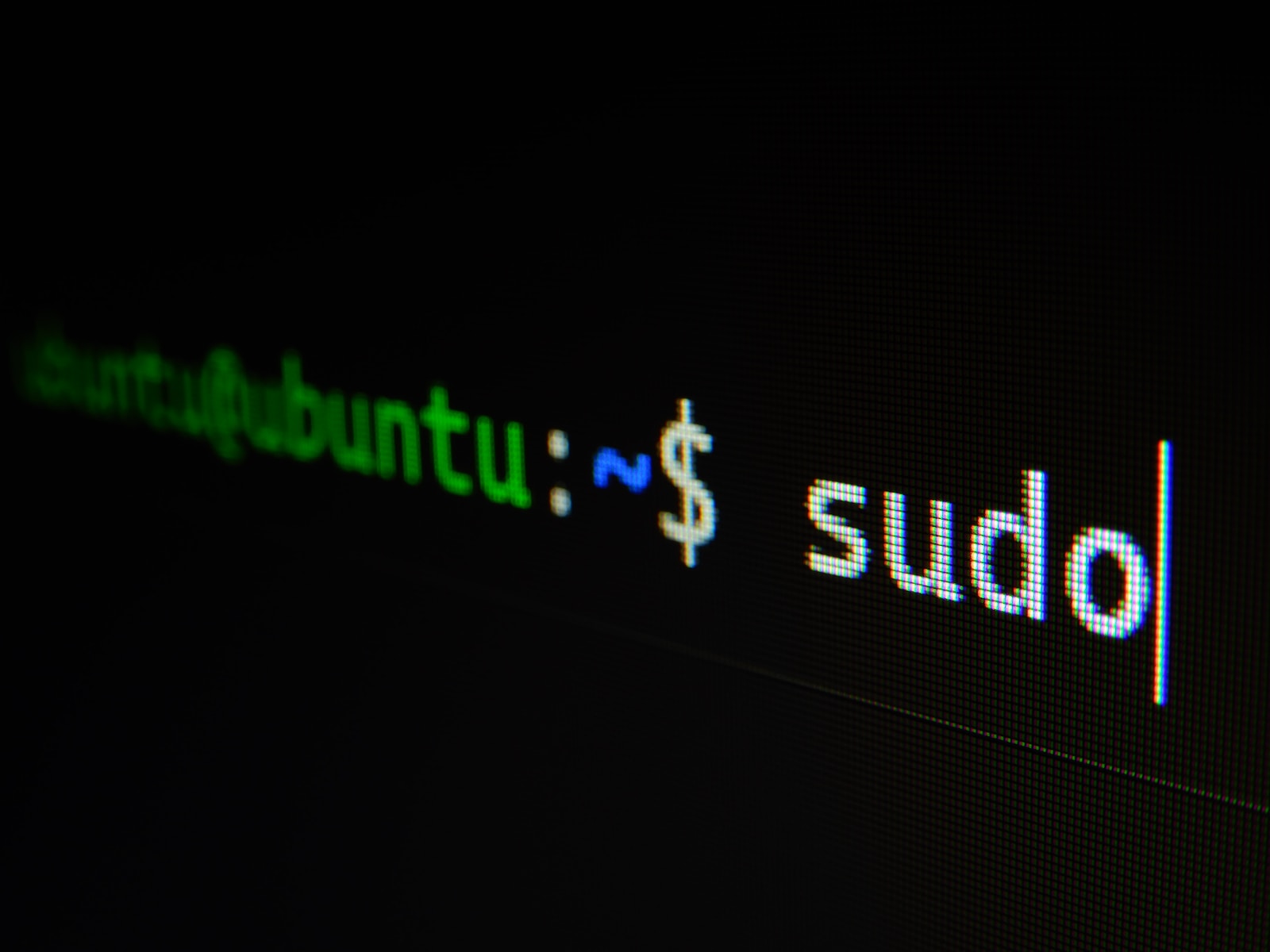ESET Uncovers First-Ever UEFI Bootkit Malware Targeting Linux User
Proving Linux is Not a Safe Sanctuary: ESET Discovers First Linux-Targeting UEFI Bootkit Malware
For decades, Linux-based operating systems have been celebrated for their perceived security superiority over Windows. However, this perception is now being challenged as the first-ever UEFI bootkit malware targeting Linux systems has been uncovered. Security firm ESET has identified this malware, dubbed Bootkitty, which marks a significant shift in the focus of cyberattacks.
Understanding UEFI Bootkits
Before diving into the specifics of Bootkitty, it’s important to understand what UEFI bootkits are and why they are so concerning:
- UEFI (Unified Extensible Firmware Interface): This is the modern firmware interface between a computer’s operating system and its hardware. It’s a replacement for the traditional BIOS.
- Bootkits: A type of malware that infects the boot process, allowing it to execute before the operating system is fully loaded. This gives attackers control at a foundational level, making detection and removal extremely challenging.
Traditionally, UEFI bootkits have been associated with Windows systems. However, Bootkitty’s emergence demonstrates that Linux is no longer immune to such advanced threats.
What is Bootkitty?
Bootkitty is the first-known UEFI bootkit specifically designed to target Linux systems. ESET discovered this malware while analyzing a previously unknown UEFI application named bootkit.efi on VirusTotal, a popular malware analysis platform.
Here are some key details about Bootkitty:
- Purpose: The malware’s primary goal is to disable the kernel’s signature verification feature, a critical security measure in Linux systems.
- Payload: Bootkitty preloads two unknown ELF binaries via the Linux init process, which is the first process executed by the Linux kernel during system startup.
- Related Kernel Module: ESET’s analysis uncovered a potentially related unsigned kernel module. This module appears to have been developed by the same authors and deploys an ELF binary responsible for loading another unknown kernel module.
Why Bootkitty is a Game-Changer
The discovery of Bootkitty signals a major shift in the cybersecurity landscape. While Linux has long been considered a secure sanctuary, this malware highlights its vulnerabilities:
- Hard to Detect: UEFI bootkits operate at a level that is difficult for traditional antivirus tools to monitor.
- Hard to Remove: Since the malware executes before the operating system loads, removing it requires specialized tools and expertise.
- Foundational Control: By targeting the boot process, attackers gain control over the system at its most basic level, potentially bypassing even the most robust security measures.
How Bootkitty Works
Bootkitty’s operation involves several sophisticated steps:
- Disabling Kernel Signature Verification: This allows the malware to bypass security checks that ensure only trusted code is executed by the Linux kernel.
- Preloading ELF Binaries: These binaries are loaded during the system’s startup process, giving the attackers a foothold to execute further malicious activities.
- Deploying Kernel Modules: A related unsigned kernel module deploys additional binaries, potentially expanding the malware’s capabilities.
Interestingly, Bootkitty targets specific Ubuntu Linux distributions. However, it is signed using a self-signed certificate, meaning it cannot run on systems with UEFI Secure Boot enabled unless the attacker’s certificates have been manually installed.
What is UEFI Secure Boot?
UEFI Secure Boot is a security feature designed to ensure that only trusted software is executed during the boot process. It achieves this by verifying digital signatures against a database of trusted certificates. In the case of Bootkitty:
- It cannot execute on systems with Secure Boot enabled unless the attacker’s certificate is installed.
- This requirement limits the malware’s reach to systems with improperly configured or disabled Secure Boot settings.
Implications for Linux Security
Bootkitty’s discovery challenges the long-held belief that Linux is inherently more secure than other operating systems. While Linux’s smaller user base and open-source nature have traditionally made it a less attractive target for attackers, Bootkitty demonstrates that:
- Linux is Not Immune: As Linux gains popularity, especially in enterprise environments, it becomes a more appealing target for cybercriminals.
- Advanced Threats Are Evolving: The emergence of a Linux-targeting UEFI bootkit underscores the increasing sophistication of malware.
- Proactive Security is Essential: Organizations and individuals must adopt proactive security measures to protect their Linux systems.
How to Protect Against UEFI Bootkits
While the threat posed by Bootkitty is currently limited, it serves as a wake-up call for the Linux community. Here are some steps you can take to protect your systems:
1. Enable UEFI Secure Boot
- Ensure that Secure Boot is enabled on all systems. This feature prevents unauthorized code from executing during the boot process.
- Regularly update the Secure Boot database to include the latest trusted certificates.
2. Keep Your System Updated
- Regularly update your Linux distribution to ensure that you have the latest security patches.
- Monitor security advisories from your distribution’s maintainers for updates on vulnerabilities and fixes.
3. Use Trusted Software Sources
- Install software only from trusted repositories and verify the integrity of downloaded packages.
- Avoid using unsigned or unverified software, especially kernel modules or UEFI applications.
4. Monitor System Integrity
- Use tools like chkrootkit or rkhunter to scan for rootkits and other malicious software.
- Implement file integrity monitoring to detect unauthorized changes to critical system files.
5. Educate Users
- Train users to recognize phishing attempts and other social engineering tactics that attackers may use to gain access to systems.
- Encourage the use of strong passwords and multi-factor authentication for all accounts.
Conclusion
The discovery of Bootkitty is a stark reminder that no operating system is completely immune to cyber threats. While Linux has long been considered a bastion of security, the emergence of this UEFI bootkit malware highlights the need for vigilance and proactive security measures.
As ESET’s research suggests, Bootkitty may currently be a proof of concept rather than a widespread threat. However, its existence underscores the evolving capabilities of attackers and the importance of staying ahead in the cybersecurity arms race.
By enabling UEFI Secure Boot, keeping systems updated, and adopting robust security practices, Linux users can mitigate the risks posed by advanced threats like Bootkitty. The time to act is now—because cybersecurity is not just about responding to threats but preventing them in the first place.



